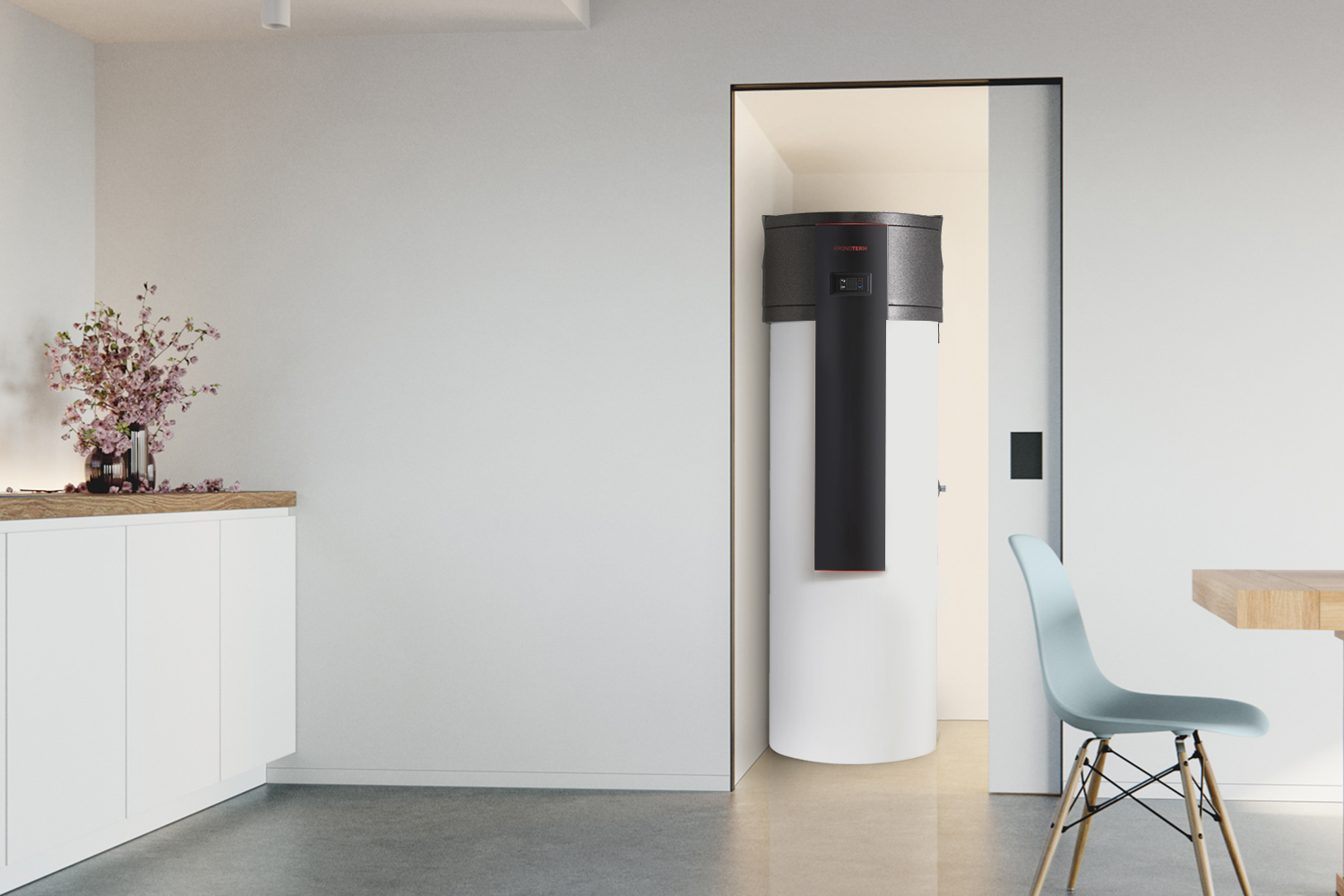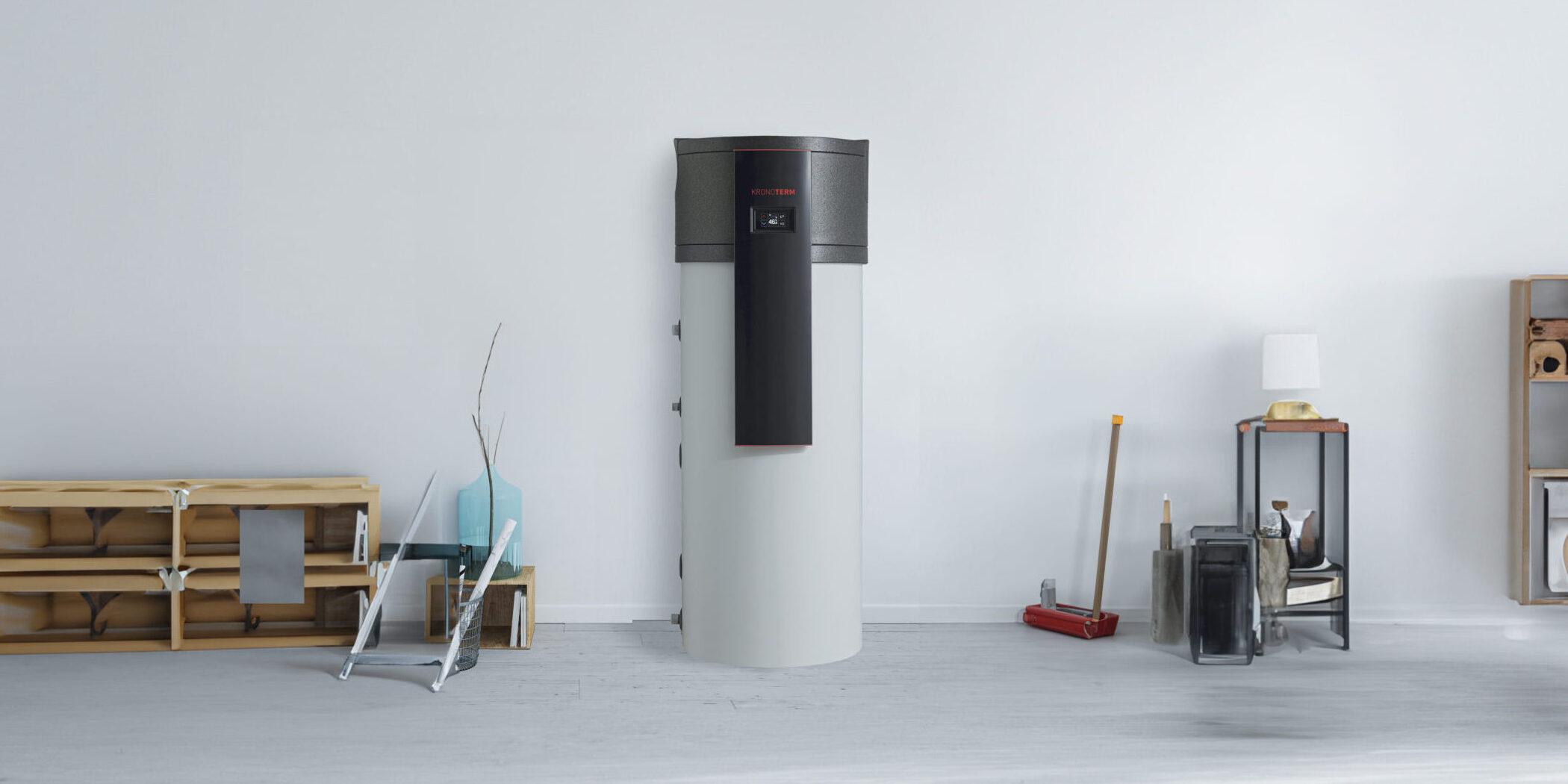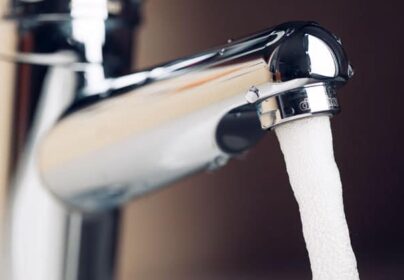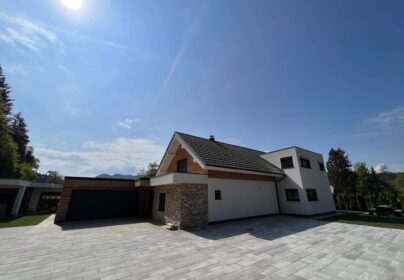1. You still burn fuel in summer just for hot water
Do you have a pellet, wood, or oil boiler that you have to run even in July just to heat water for showering? That means high costs, unnecessary work, and wasted time. A DHW heat pump operates quietly, efficiently, and fully independently – without burning fuel and without energy loss. It can even cool spaces like a pantry or cellar.
2. You often run out of hot water
Especially in larger households or premises where water is used for services (hair salons, beauty studios, apartments), a shortage of hot water can occur. This is a clear sign that your system can no longer meet your needs.
DHW heat pumps, with their large storage tanks and high efficiency, provide sufficient hot water even with higher consumption.
A DHW heat pump with around 300 litres capacity is suitable for:
- a hair salon with 10 sinks, or
- an apartment with multiple bathrooms.
3.You have high electricity consumption for hot water
For a typical 4-person household using around 200 litres of hot water daily, switching from a conventional electric boiler to a DHW heat pump can reduce energy consumption for hot water production by up to 75%. This not only means significantly lower energy bills, depending on local electricity prices, but also offers quieter, automatic operation, greater control, and the added benefit of cooling spaces like a cellar if desired.
4. You have an old, inefficient electric boiler
Older electric boilers – often over 10 years old – are among the biggest electricity consumers in a household. They also lack modern safety features, smart controls, schedules, or remote control. This means they heat water unnecessarily and don’t consider electricity pricing.
Over time, limescale builds up on the heating element, especially in areas with harder water, reducing heat transfer efficiency and potentially increasing electricity use by 30%. There’s also a hygiene risk, like Legionella development in poorly maintained or underheated water.
A DHW heat pump solves these issues with Legionella protection, safety valves, and automatic or remote control via app. The condenser doesn’t directly contact the water, so there’s less limescale. You can also set the water temperature below 55°C – the critical point where limescale forms more rapidly. It offers safety, hygiene, convenience, scheduling, and consumption monitoring.






